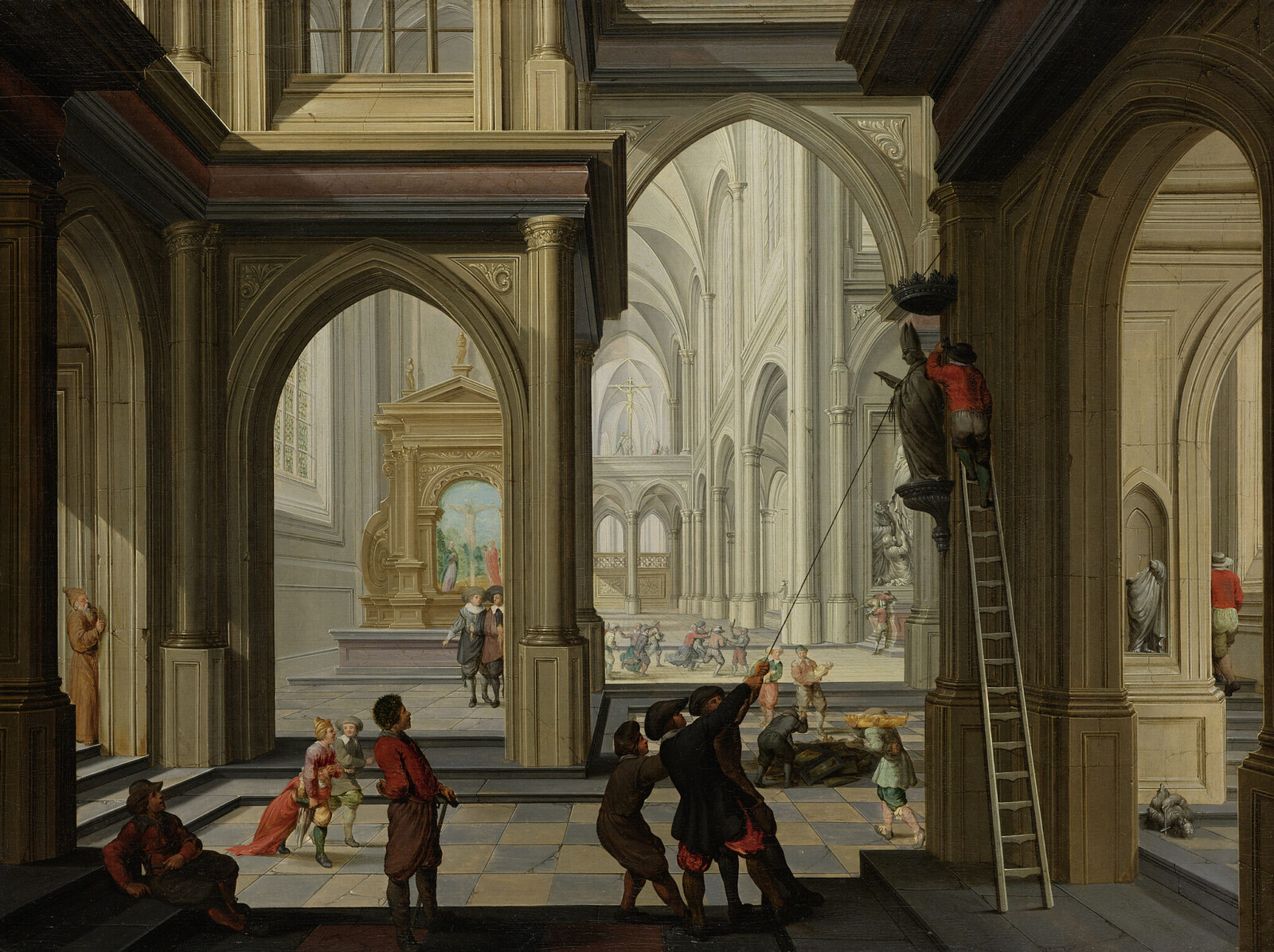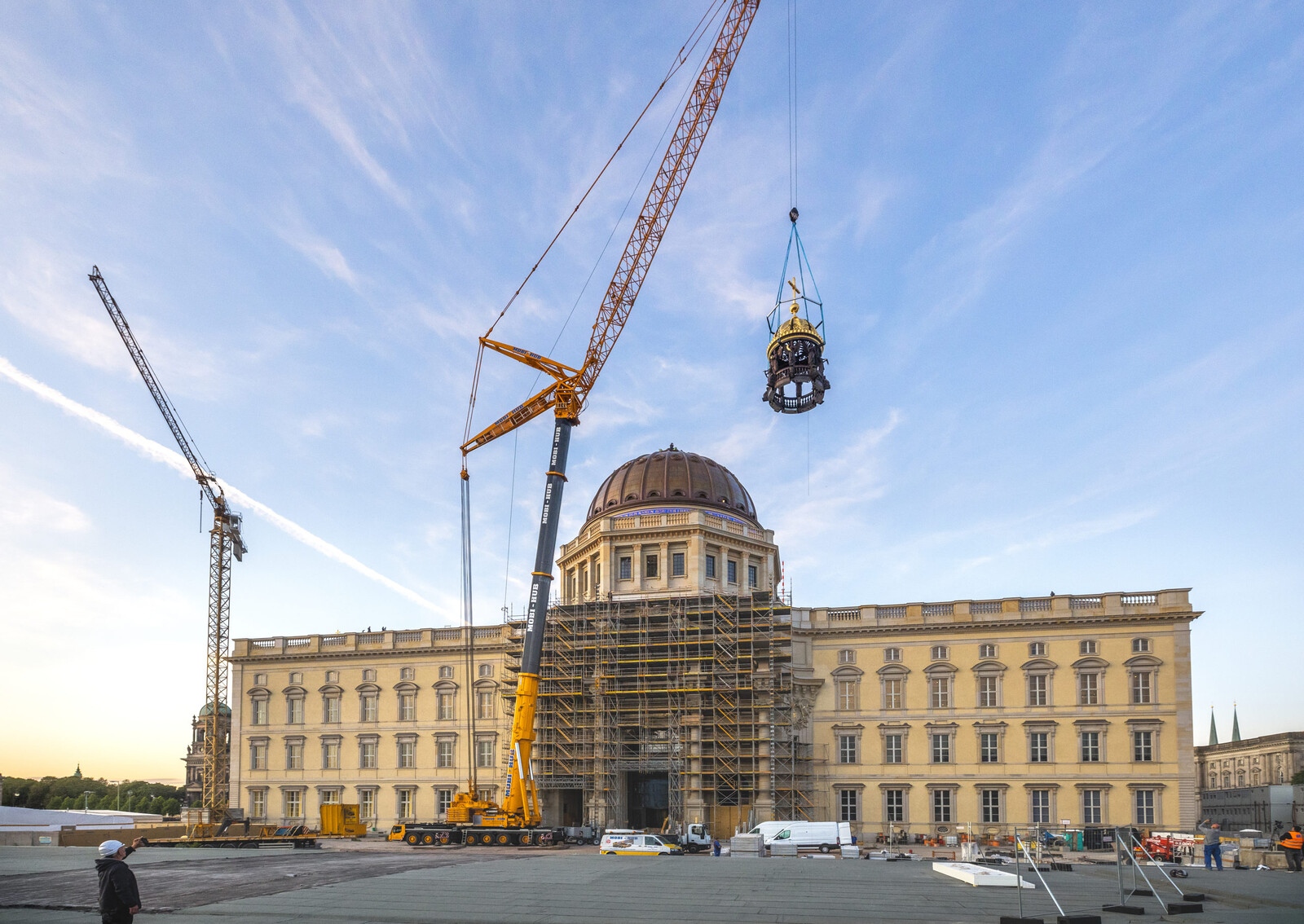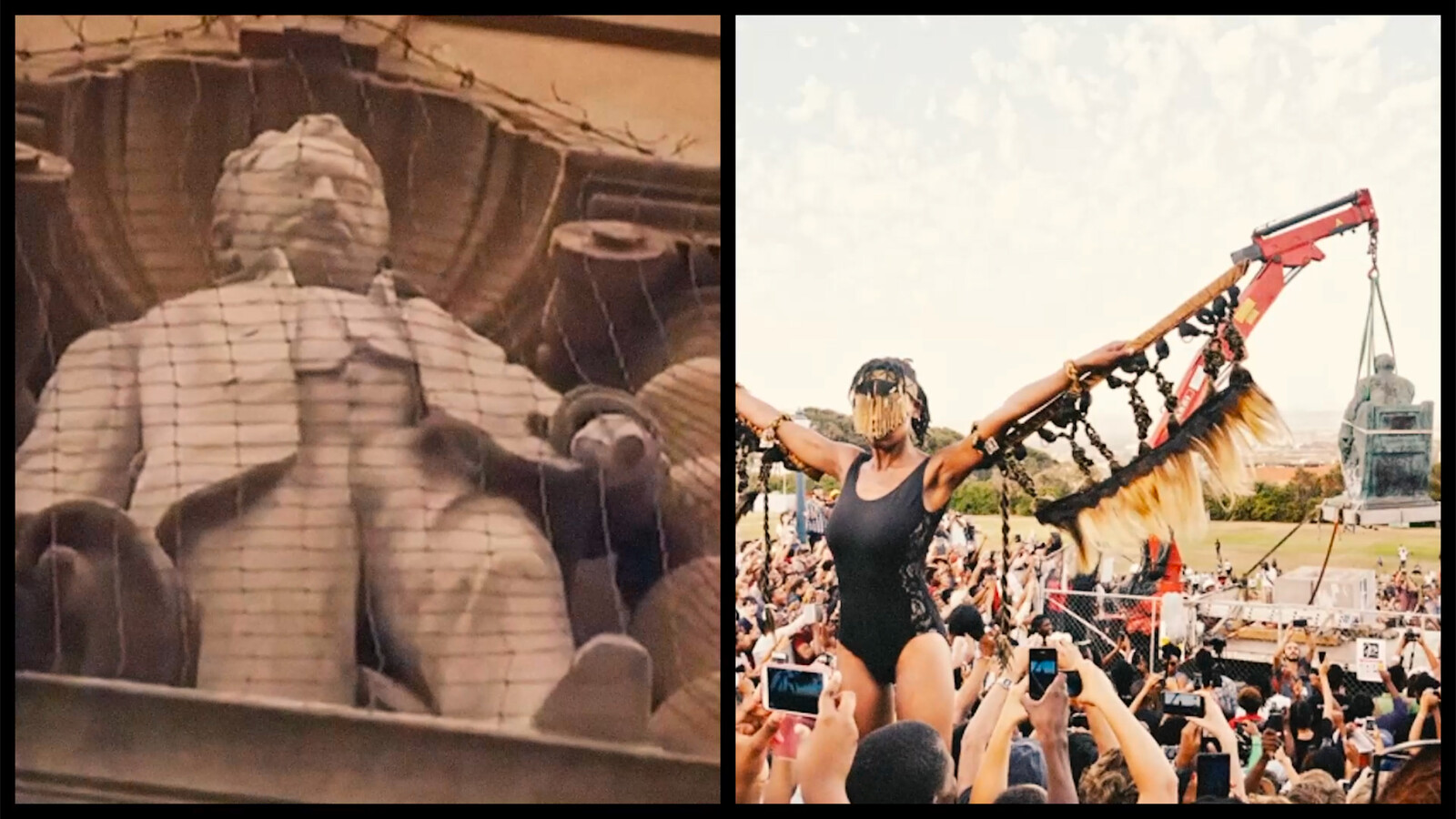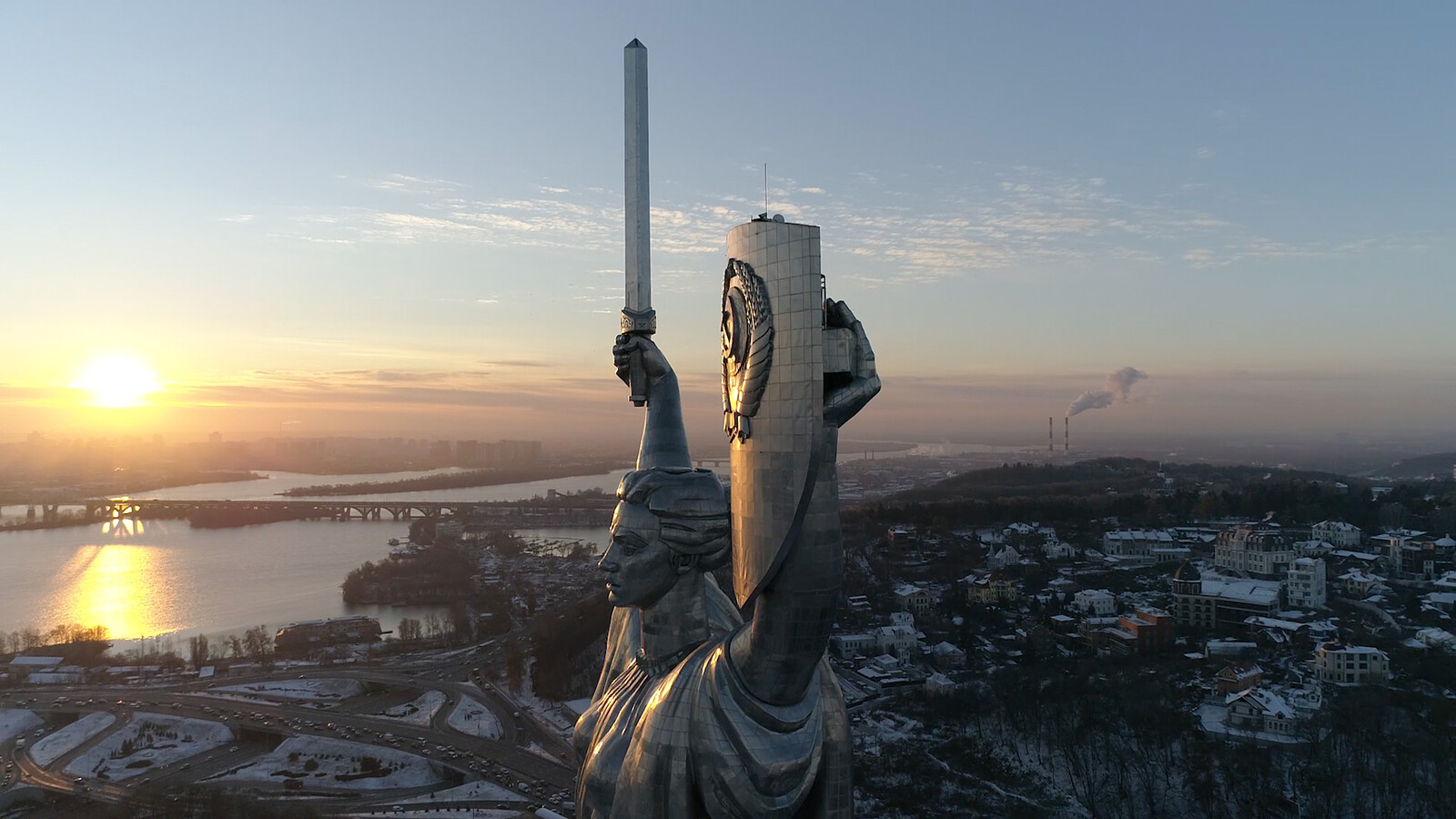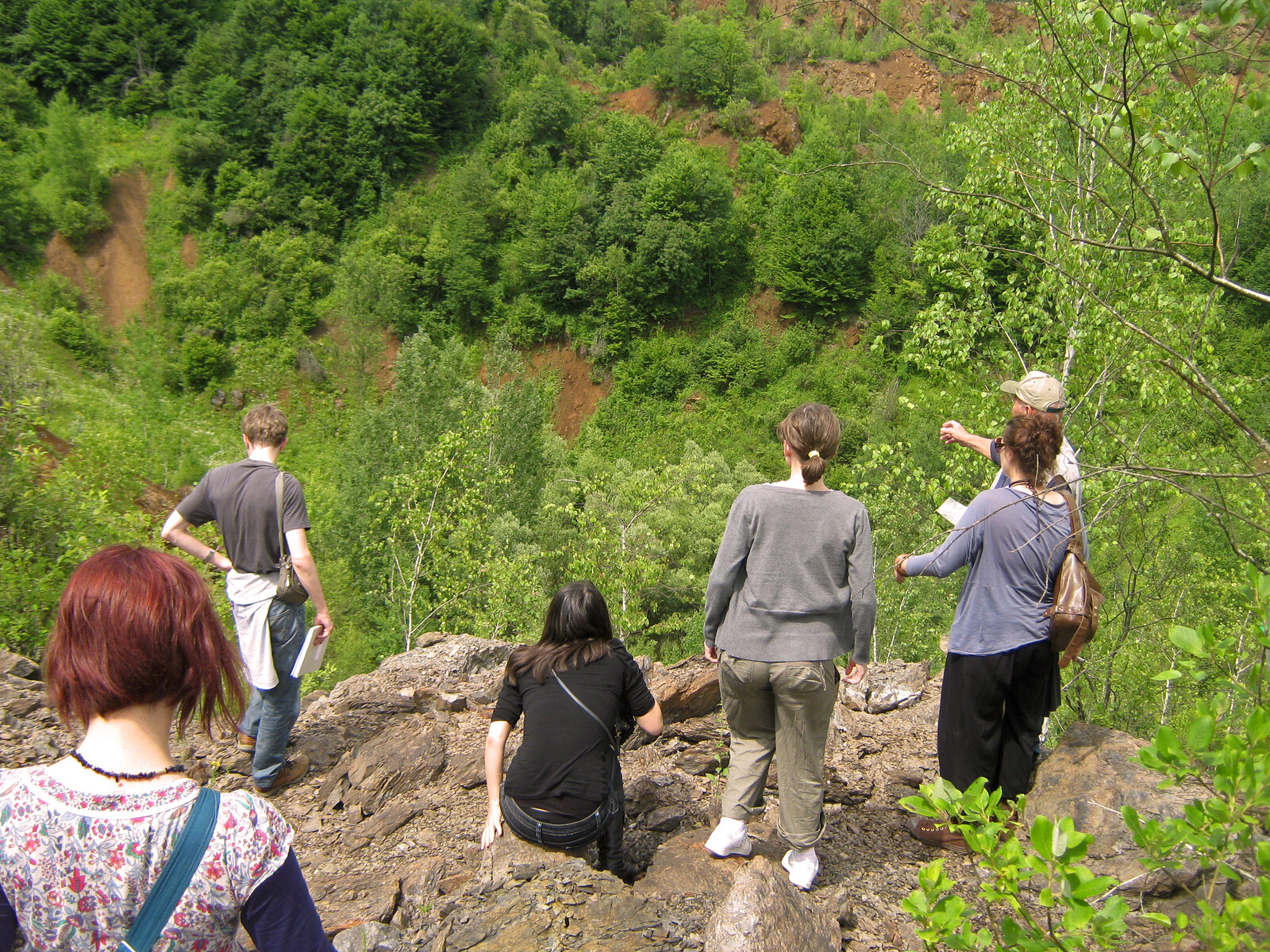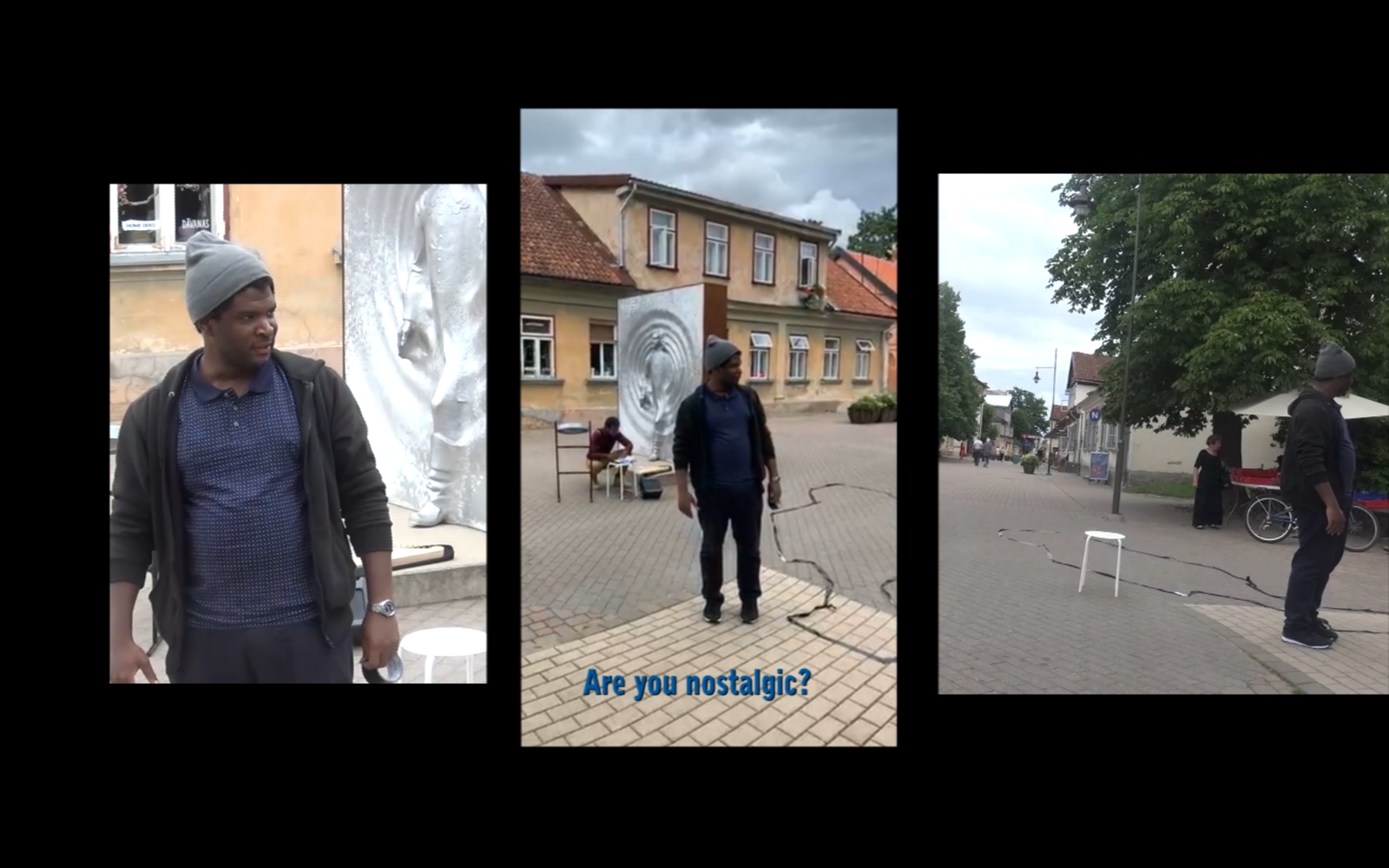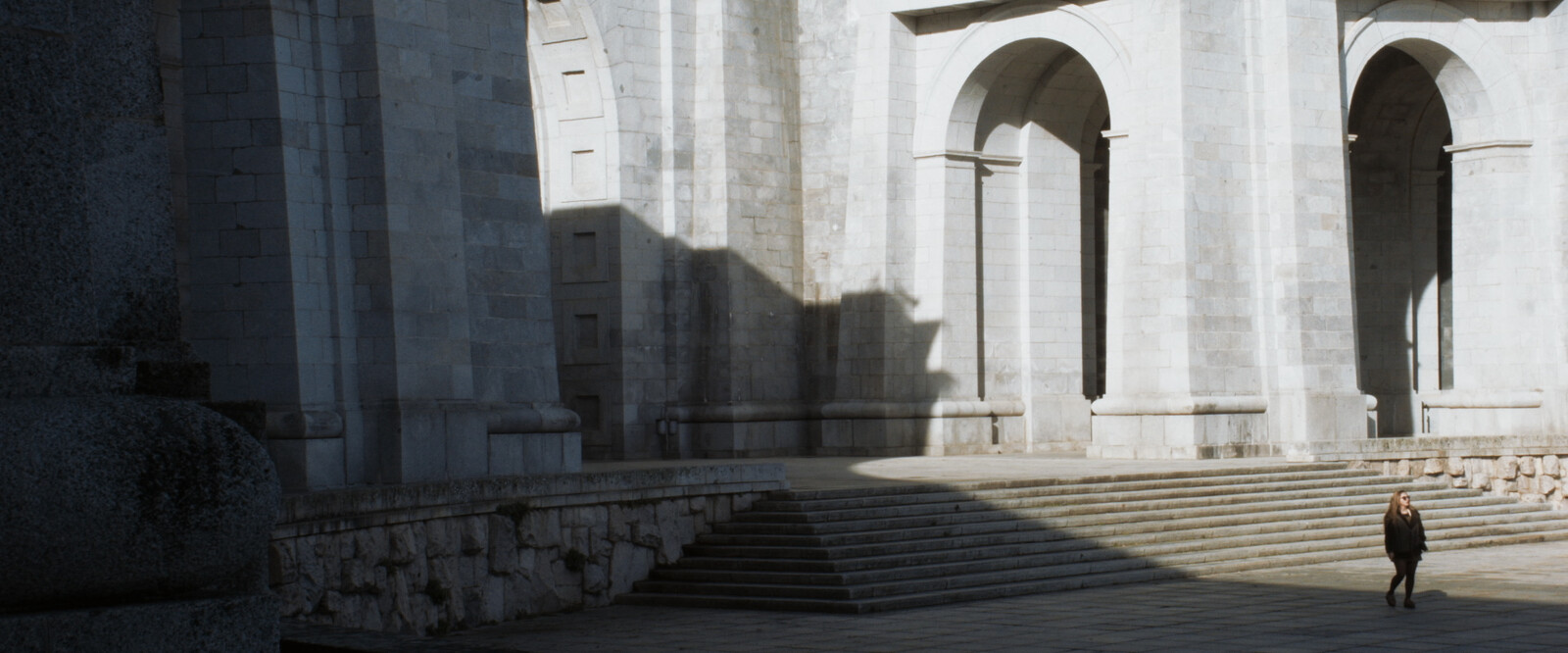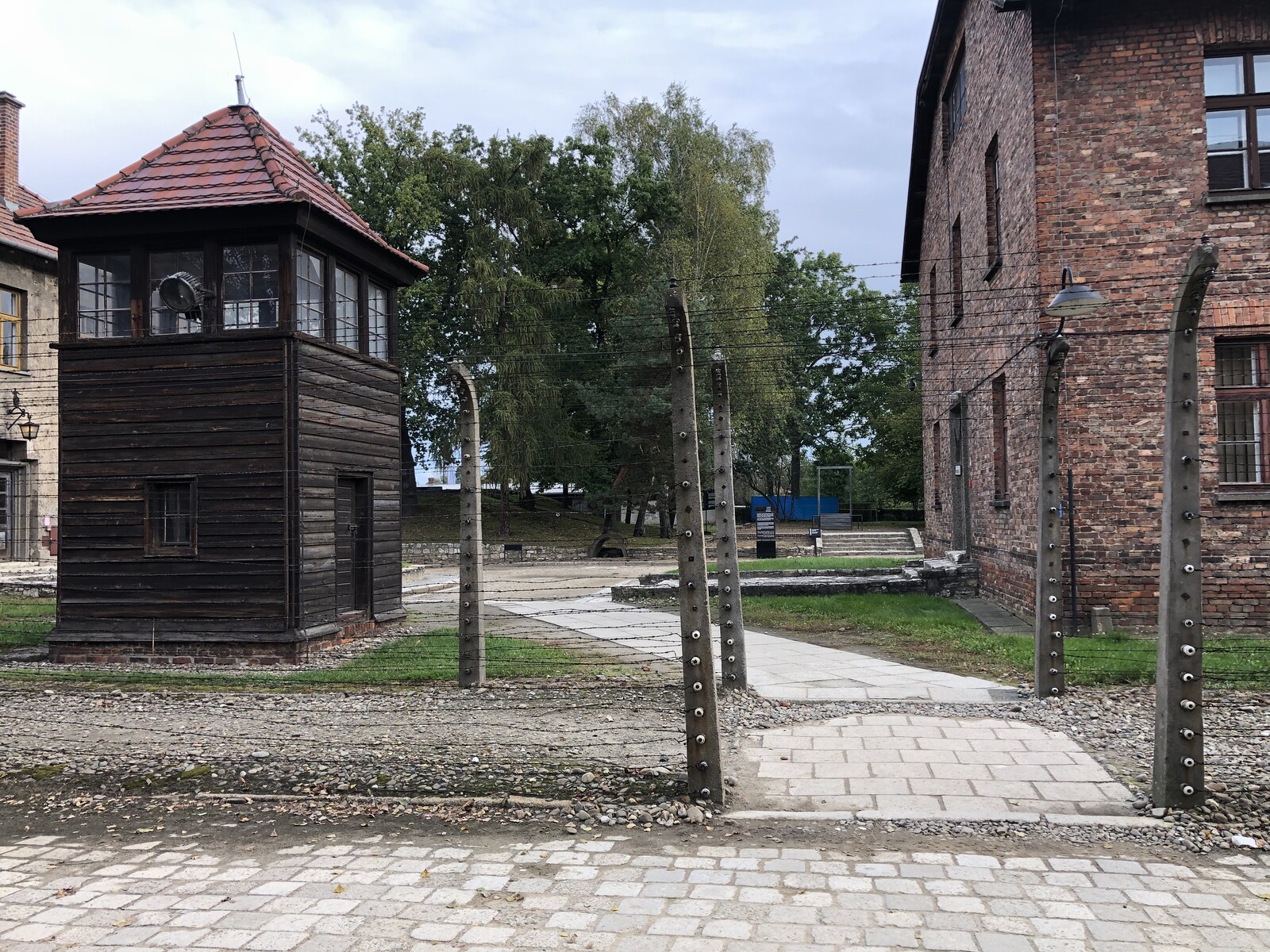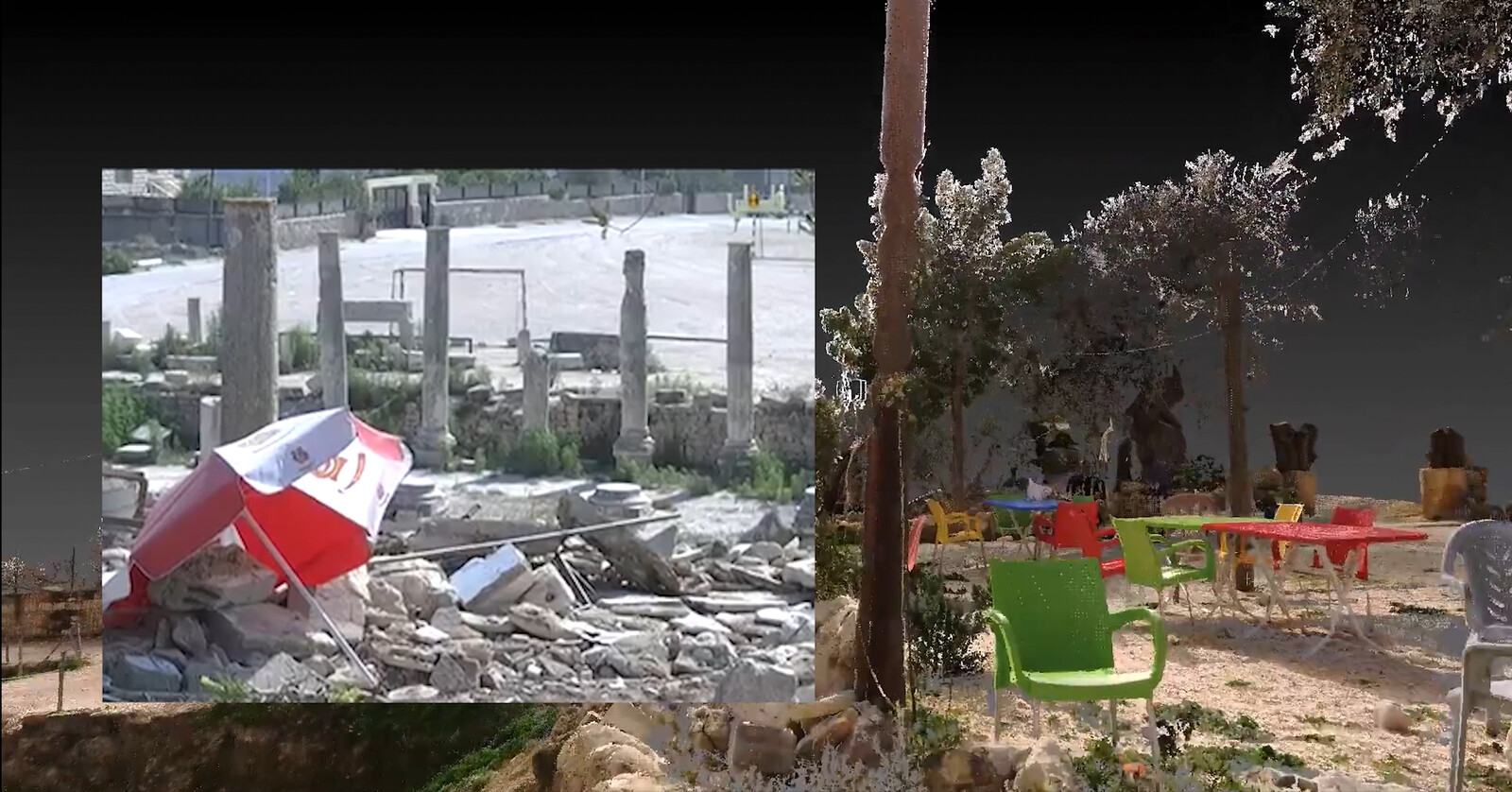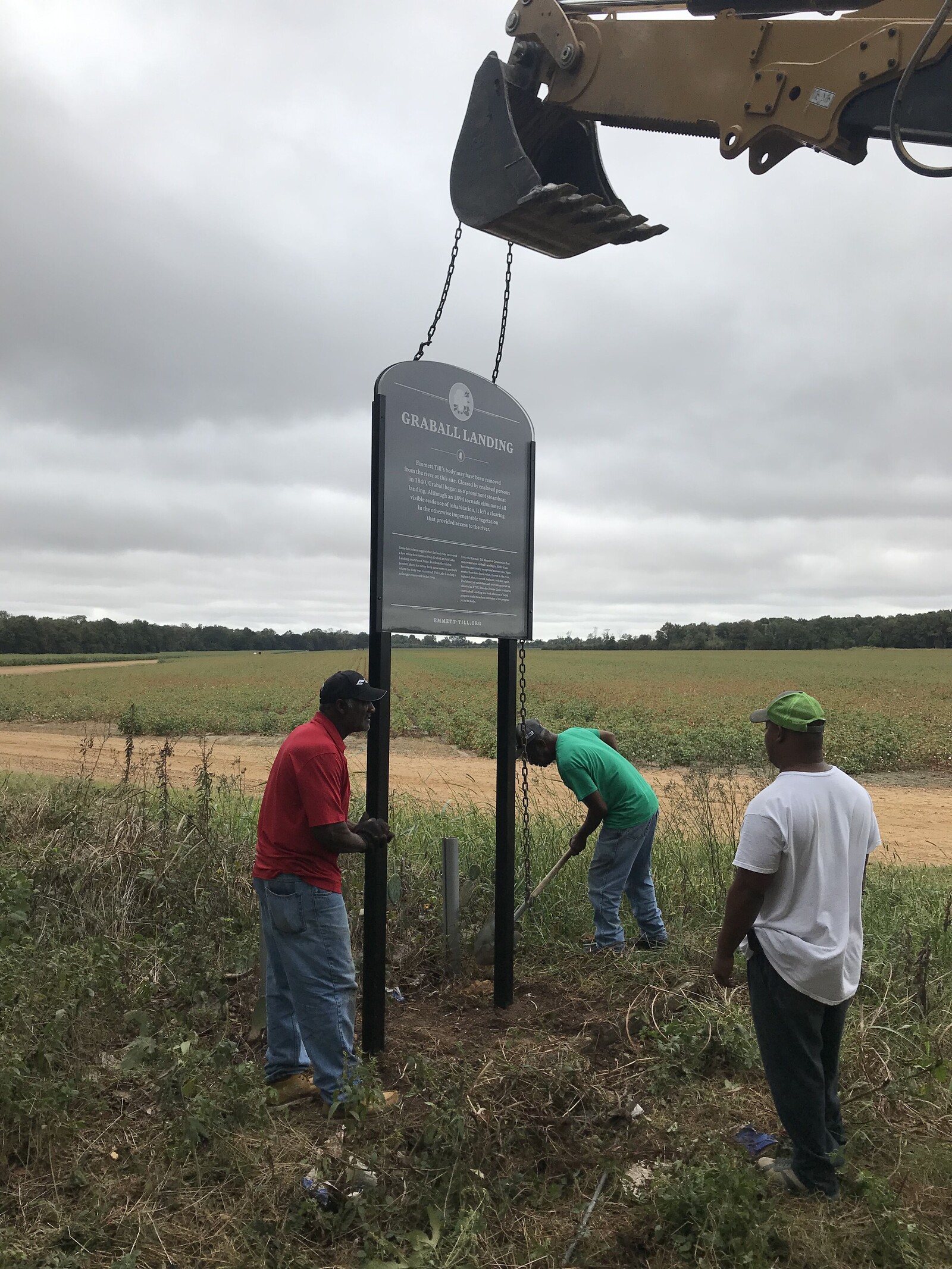Monument is a collaboration between e-flux Architecture and Het Nieuwe Instituut, featuring essays by Arna Mačkić, Wayne Modest, Philipp Oswalt, Jorge Otero-Pailos, Robert Jan van Pelt, Valentina Rozas-Krause, and Mabel O. Wilson, and videos by Vasyl Cherepanyn, Manuel Correa, Quinsy Gario, Dima Srouji, The Black Archives, Milica Tomić, and Sumayya Vally.
From the toppling and removal of statues to ongoing debates on contested objects, buildings, and landscapes, monuments have—once again—come to play a pivotal role in mobilizing and rearticulating struggles for recognition. Inherent to the design and construction of monuments are wider processes and structures of memorialization that reify social configurations.
Part of the traditional function of monuments is to resist the very passage of time and the subsequent transformation in meaning inherent to any form. But social relations can change to the extent that actions are taken to dismantle their reified configurations. The recent resistance and violence enacted against monuments, from public statues to buildings and street names reveals their inherently democratic nature. Monuments are representations of people; they are meant to be identified with. Yet not all monuments represent everyone, and in their exclusionary potential, they enact political violence.
When the ideological function of monuments expires, the formal properties of the reified structures are laid bare. Such instances are often met with calls for the monuments’ removal and destruction. Yet other approaches are also common, such as profanation—of returning it to the commons—and re-signification through the establishment of new rituals and performances to make it mean otherwise. Such strategies fall within an expanded, and experimental approach to the practice of preservation.
Preservation starts from the way things are today, but fundamentally, designates what is worth keeping for tomorrow. As a discipline, preservation has significantly departed from UNESCO’s conception of “world heritage,” giving rise to a wider understanding of the importance of local and immaterial forms of historical meaning. Monuments are not always built as such, but can accrue significance over time. All it can take to write history today is an act of recognition and, for better or worse, reification.
Monument is complemented by a series of online screenings and conversations as part of Het Nieuwe Instituut’s Thursday Night Live! program.
Unearthing Monuments and the Construction of History
with Dima Srouji, Manuel Correa, and Marina Otero Verzier
October 1, 2020, 7:30pm, Het Nieuwe Instituut Online, tickets
Monuments and the Reification of Anti-Black Violence
with The Black Archives and Quinsy Gario
October 15, 2020, 7:30pm, Het Nieuwe Instituut Online, tickets
Resignifications in Central and Eastern Europe
with Vasyl Cherepanyn, Milica Tomić, and Nick Axel
November 12, 2020, 7:30pm, Het Nieuwe Instituut Online, tickets
Monuments and the Restitution of African Cultural Heritage
with Sumayya Vally and Nick Axel
December 10, 2020, 7:30pm, Het Nieuwe Instituut Online, tickets
Please visit Het Nieuwe Instituut’s website for more information on the online screenings.
This series is a collaboration between e-flux Architecture and Het Nieuwe Instituut. The national institute for architecture, design, and digital culture of the Netherlands, Het Nieuwe Instituut is directed by Guus Beumer (artistic and general director) and Josien Paulides (business director).
Monument is a collaboration between e-flux Architecture and Het Nieuwe Instituut.
